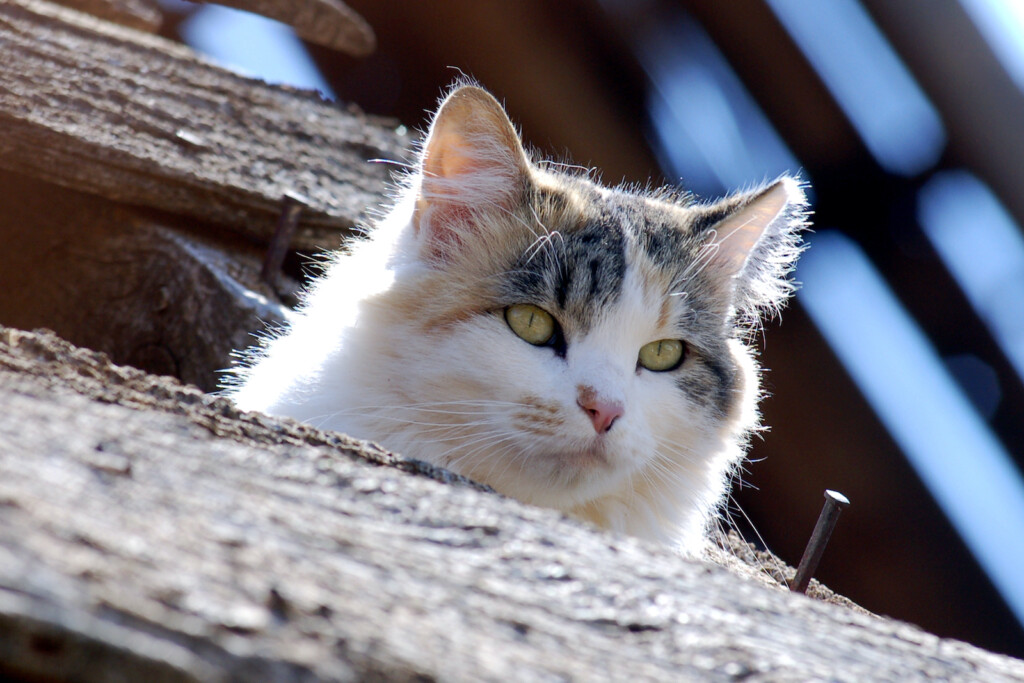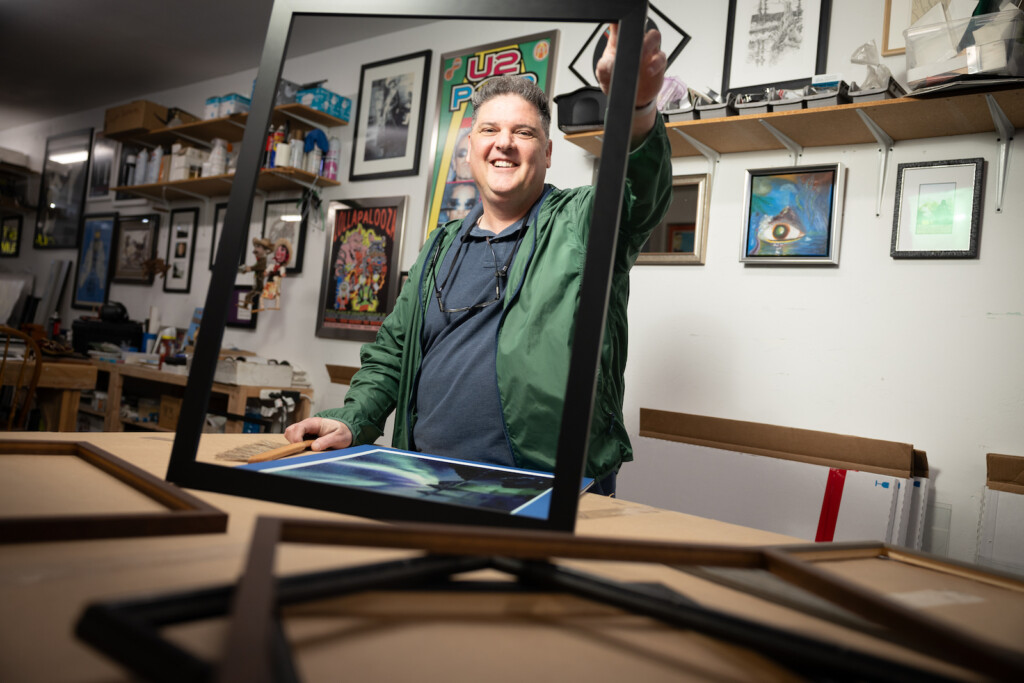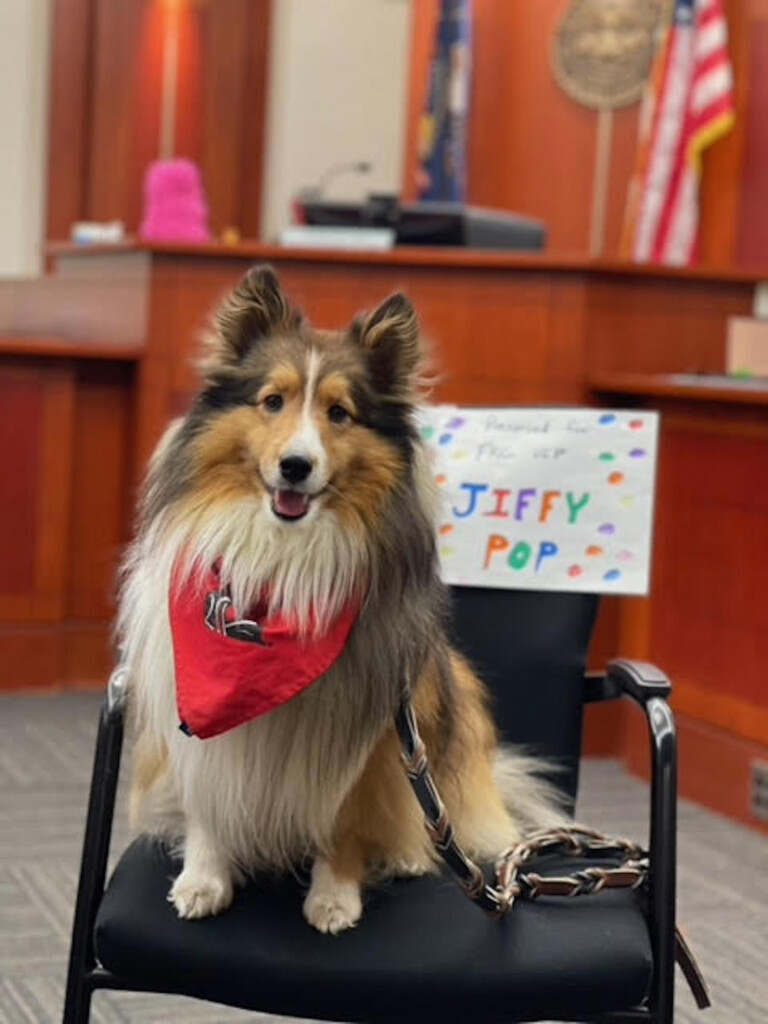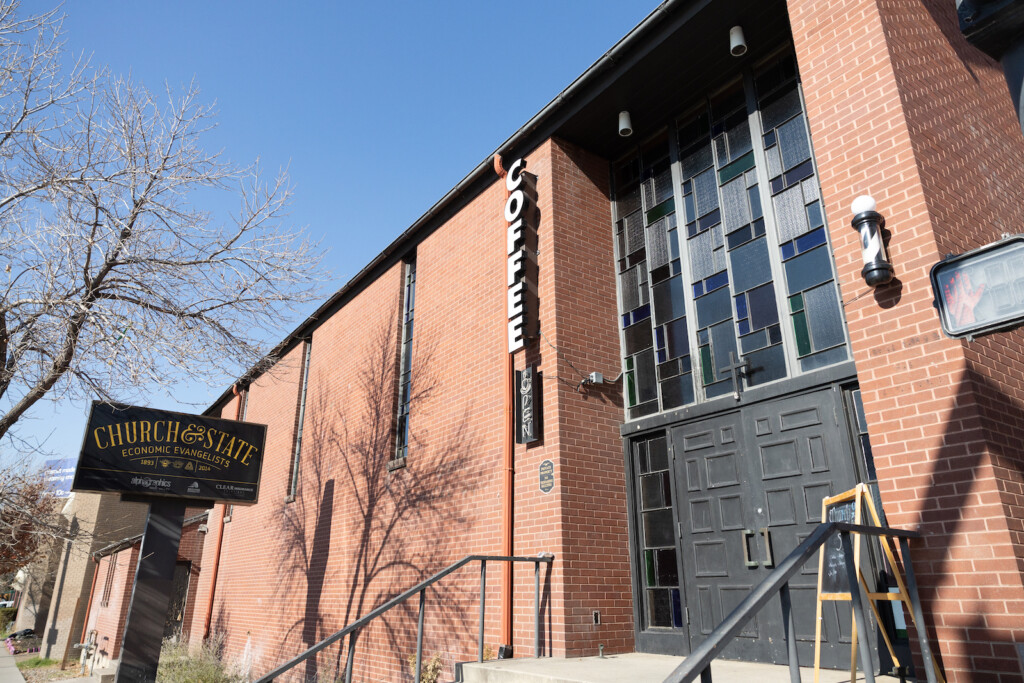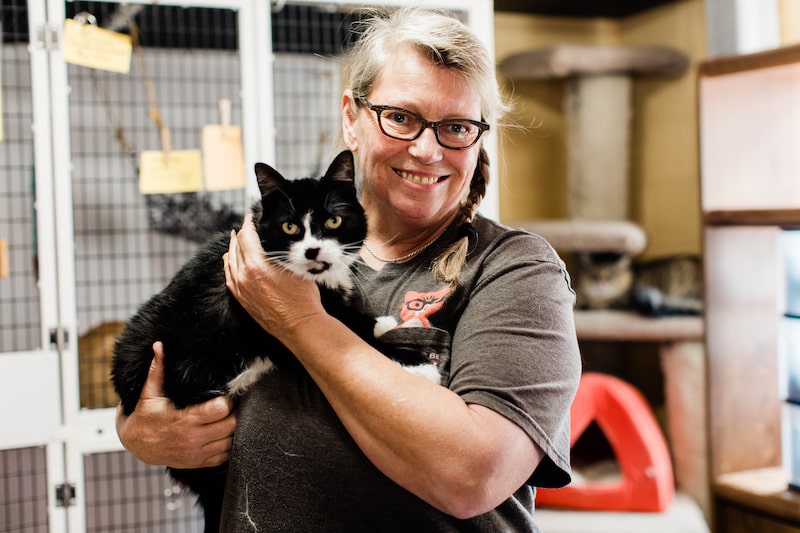
She does a lot of stalking, researching, and strategizing for a retired “crazy cat lady.”
Julie Davis traps feral cats. Today she is working behind an extended-stay hotel that called her when they found a litter of kittens out back.
She places a kennel next to the wall where she can hear the tiny kitten roars coming from under the shed. Newspaper inside for comfort, a sheet overtop, and an appetizing meal to lure at least one kitten, and often a sibling will follow.
Soon, she will take the kittens to a trusted veterinarian to get them spayed or neutered, then bring them back and leave them be.
For at least 8 years now Davis has been serving as a volunteer community cat advocate, which she describes as “someone who pays attention to the cats that are free roaming.”
She takes extra care of matted or sick cats, whether that means taking them for a quick haircut and back, or a temporary stay at her place while she finds a home for them. She dedicates her entire mother-in-law apartment to these cats. She describes it like a cat hospital, where they can be safe while she brings them back to health.
Her hobby involves more social work and dedication than most, and she accepts that she may ultimately be using her retirement funds and eating a lot of rice and beans. It’s no cheap thrill.
“People don’t like community cats and would hurt them if they have a chance,” Davis said. “This is an act of love. You know we love cats, we adore them, and there are so many cats that are out here.”
She makes her rounds de-icing water and feeding colonies of cats around the city, and has some helpers to take turns with. She calls it her Misfit Project, as she adores the misfit cats, like the Island of Misfit Toys in Rudolph The Red Nosed Reindeer.
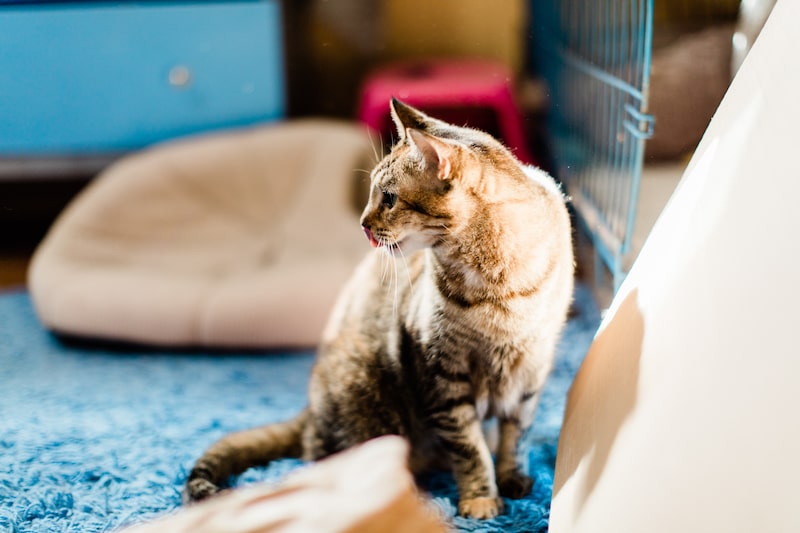
“A lot of them, they’ve just been cast aside, they’re unwanted you know, and I have always had a soft spot in my heart for the misfits.”
Much help comes from Best Friends Animal Society. When Davis started trapping, she would borrow cat traps and cat condos supplied by Best Friends, which are free resources anyone can use. They also sometimes provide vouchers to get cats fixed, which helps her expenses which she estimates is $20K yearly.
While on a job one day, she met her new helper, Elizabeth McQueen, at Carpet Barn, who called about some cats around the business. A neighboring business has several boats on the property and many cats found shelter there.
The cool cats and kittens from that colony would visit McQueen, and she would feed them and keep an eye out for them. One of those cats grew quite fond of her and Carpet Barn. So fond, in fact, that Julie said the cat adopted McQueen’s Dad, making itself at home right on his desk. McQueen’s dad even installed a cat door for their new friend.
McQueen worries about the other cats. “They are going to suffer a horrible death in some way ― these cats are getting hit, poisoned, attacked, some are starving,” she said.
It’s especially hard for her to know the cat’s fate, because she knows that many, if not most, are abandoned house cats, who, at some point, had an owner and somewhere to live with food and water.
Davis said she sees abandonment often, particularly when people move and leave the cats, or when they are too ashamed to take the cat to a shelter and they leave it on the road.
While McQueen and Davis believe people feed them with good intentions, cat colonies are often fed cheap food with ingredients that actually rot their teeth.
“They get really infected mouths, and their teeth get loose, and they get these big ulcers, they get sores to the point that they won’t or just can’t eat,” Davis said.
An early sign is when a cat’s tongue sticks out. Adorable to look at, but it’s a sign the cat needs dental work. She helps those cats too, like Wilma, who just needed some teeth pulled before she returned to the colony.
“She came in, we took a bunch of teeth out, and she hung out and ate in a cage at my place for a week till she could eat kibble again,” Davis said. “Now she is back and doing just fine.”
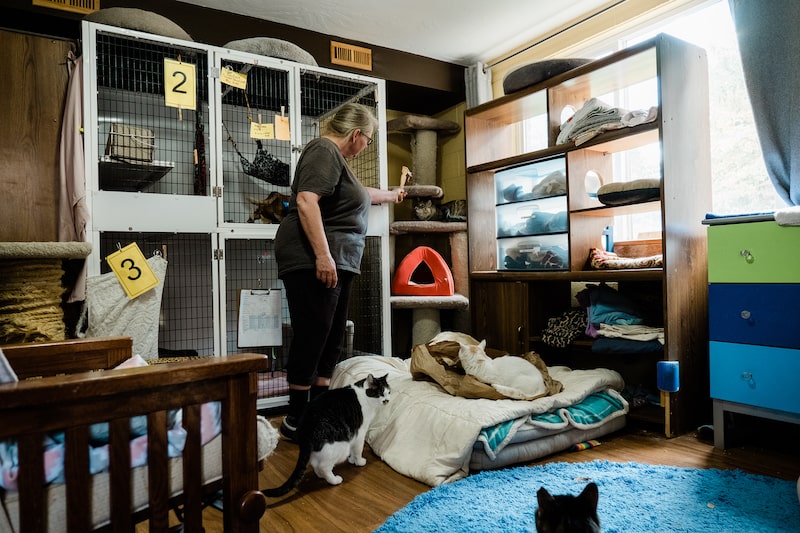
Studies show that the Trap-Neuter-Return method may be the only way to stabilize cat populations. Alleycat.org explains that catching and removing (or killing) is futile; it’s an expensive, deadly cycle because of a naturally occurring phenomenon called the vacuum effect.
It is observed in many species and implies that a territorial opening will not remain empty. There may be a temporary decrease in cat population, but it won’t take long for more cats to take their place.
“I always encourage people to try to help locally, you know, think globally, help locally, because there are a lot of great rescue groups in this valley and all of them need fosters,” Davis said.
RELATED CONTENT
Best Friends Animal Sanctuary Kanab, Utah
Gas Chamber Pet Euthanasia Orem, Utah
Why Should You Adopt an Older Dog?
SUPPORT LOCAL JOURNALISM AND SUBSCRIBE TO PRINT MAGAZINE



